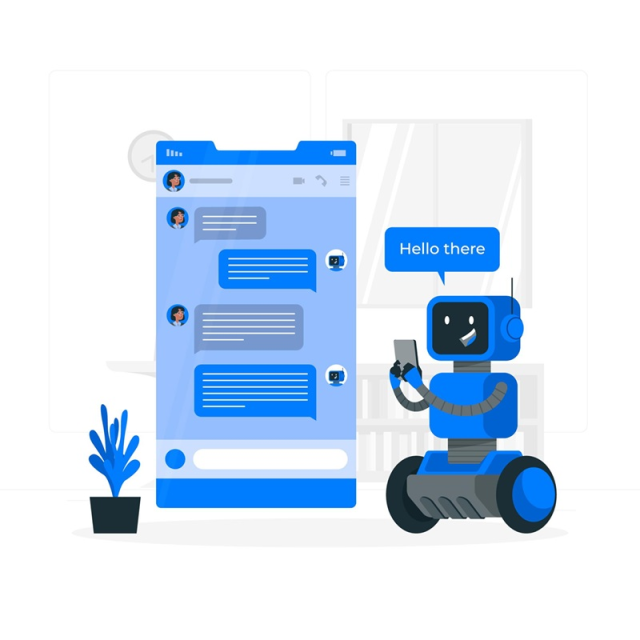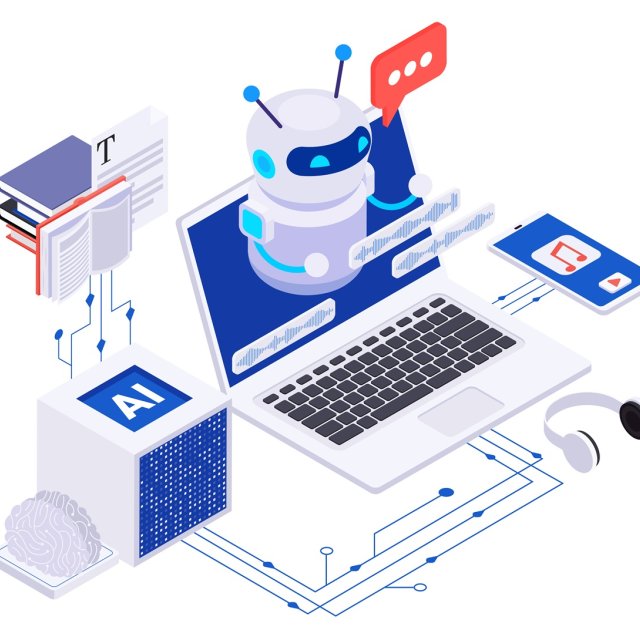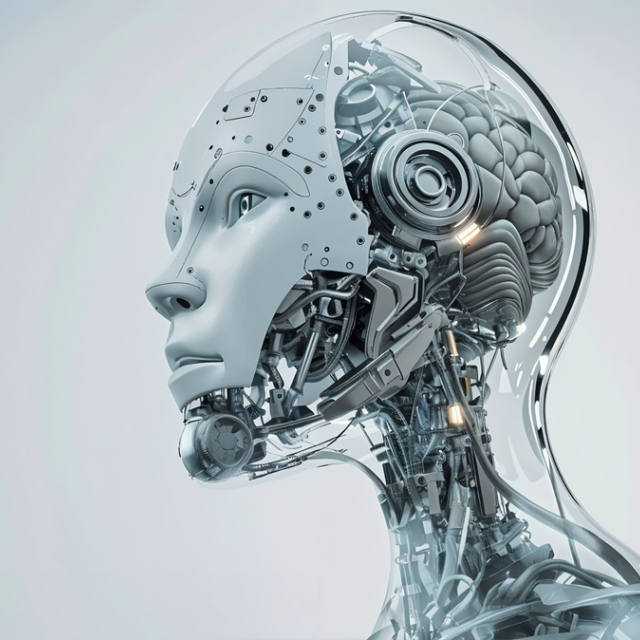AI Chatbot Development in Python: A Complete Guide
In the age of intelligent automation and instant customer support, AI chatbots have become indispensable for businesses looking to scale communication, save costs, and deliver 24/7 engagement. Python, with its simplicity and rich ecosystem, stands out as one of the top programming languages for building intelligent chatbots.
In this article, we’ll explore:
Why choose Python for chatbot development
Key frameworks and tools
How to build a chatbot (step-by-step overview)
Pros and cons of using Python for chatbot development
🤖 What is an AI Chatbot?
An AI chatbot is a software program powered by natural language processing (NLP) and machine learning that simulates human-like conversations. Unlike rule-based bots that follow static scripts, AI chatbots can understand intent, context, and even learn from interactions.
Use cases include:
Customer support
Lead generation
Appointment scheduling
Product recommendation
Internal team automation (HR, IT, etc.)
🐍 Why Python for Chatbot Development?
Python is ideal for AI chatbot development due to:
Clean and readable syntax
Wide availability of NLP and ML libraries
Fast prototyping and experimentation
Massive community support
Popular libraries include:
NLTK and spaCy for natural language processing
TensorFlow and PyTorch for deep learning
ChatterBot for quick chatbot prototypes
Flask or FastAPI for deploying chatbots as web services
🛠️ Key Components of a Python AI Chatbot
Natural Language Understanding (NLU):
Understand user intent and extract entities
Libraries: Rasa NLU, spaCy, Transformers
Dialogue Management:
Manage conversation flow using decision trees or ML models
Can be rule-based or learned with reinforcement learning
Response Generation:
Static responses, template-based, or dynamic (GPT-like)
Integration with APIs, databases, or external tools
Backend Integration:
CRMs (e.g., HubSpot), automation platforms (Zapier, n8n), messaging platforms (Telegram, WhatsApp)
Deployment Interface:
Web UI, Messenger, WhatsApp, mobile apps, Slack, or voice (Alexa, Google Assistant)
🧪 Example: Simple Chatbot in Python
from chatterbot import ChatBot
from chatterbot.trainers import ChatterBotCorpusTrainer
chatbot = ChatBot("SM Bot")
trainer = ChatterBotCorpusTrainer(chatbot)
trainer.train("chatterbot.corpus.english")
while True:
query = input("You: ")
response = chatbot.get_response(query)
print(f"Bot: {response}")
This creates a basic bot trained on general English conversations. For production, you’d use custom intents, webhooks, and NLU layers.
✅ Pros of Python for AI Chatbot Development
Advantage
Description
🧠 Rich AI ecosystem Access to libraries like TensorFlow, spaCy, Transformers ⚡ Rapid development Great for MVPs and prototyping 🌍 Community & support Huge developer base and extensive documentation 🧩 Easy integration REST APIs, Flask/FastAPI for web hooks, easy database access 🔌 Open-source Cost-effective with hundreds of reusable modules
❌ Cons of Python for AI Chatbot Development
Limitation
Description
🐢 Performance Slower than compiled languages for real-time applications 📱 Mobile limitations Requires API layer for integration with mobile frontends 📦 Model size Large ML models may require high memory, especially for GPT-based bots 🧪 Maintenance overhead Custom AI bots need continuous training & monitoring 🔐 Security & privacy Sensitive user data requires secure handling and compliance (e.g., GDPR)
🔄 Open-Source Frameworks for Advanced Chatbots
Rasa (rasa.com): Enterprise-grade, open-source NLP and dialogue manager
Botpress: Visual interface + NLU engine
DeepPavlov: Russian-origin deep learning NLP framework
Haystack: Useful for building question-answering bots using search + transformers
🚀 Final Thoughts
If you're looking to build intelligent, flexible, and scalable chatbots, Python is an excellent starting point. From simple FAQ bots to AI-driven assistants that connect with CRMs or automate lead generation, Python enables both rapid prototyping and production-ready solutions.
At SM Softwares, we build custom AI chatbot systems using Python and integrate them with your websites, apps, CRMs, and marketing tools. Whether you need a smart sales assistant, a support bot, or a lead qualification engine — we deliver chatbot solutions that engage, convert, and retain.
🔗 Need help building a Python AI chatbot?
📩 Contact us or explore our AI & Automation services to get started.



